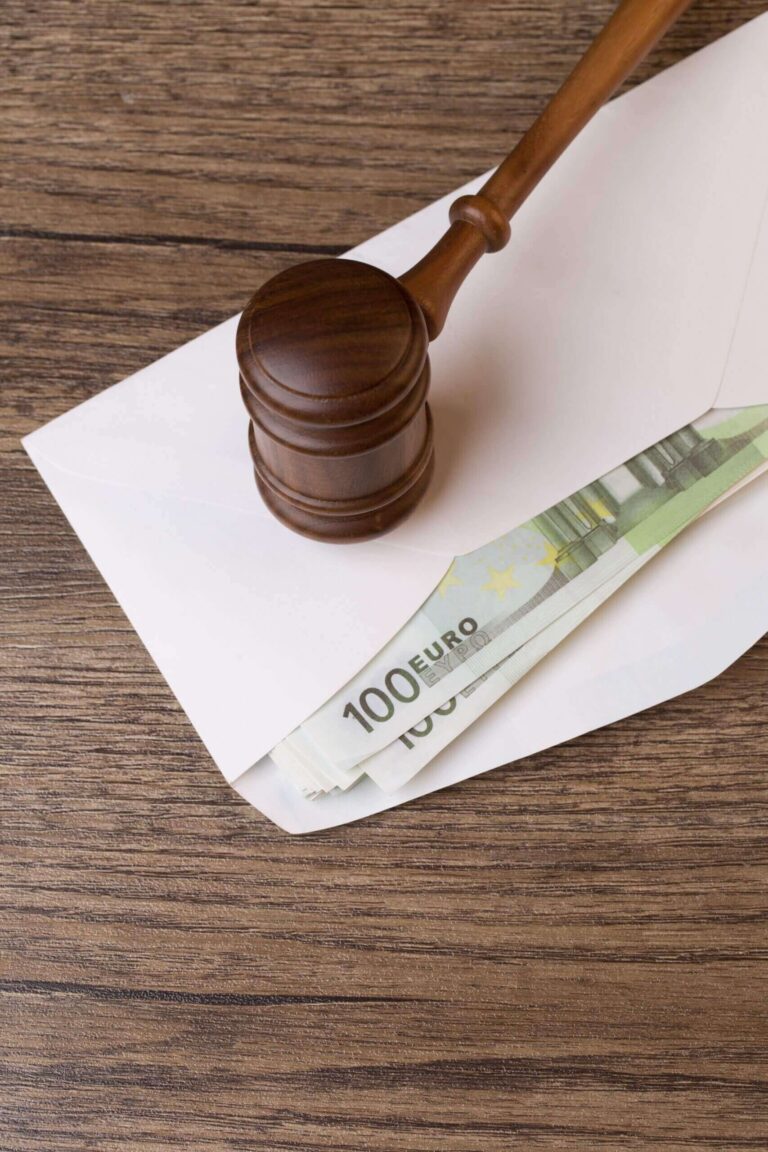The BoP is one of the most critical indicators of a country’s economic interactions with the world. The BOP full form is Balance of Payments. It is a globally recognized macroeconomic term used by governments, financial institutions, and economists.
It reflects the flow of money in and out of the economy and helps in assessing whether a nation is financially stable, self-reliant, or dependent on external resources.
Whether you’re an entrepreneur, a student or someone interested in global economics, understanding this concept can offer valuable insights into how countries trade, borrow, invest, and grow.

What is Balance of Payments?
The balance of payment (BoP) is a comprehensive record of all financial transactions made between residents of a country and the rest of the world during a specific period usually a quarter or a year. These transactions include:
- Export and import of goods and services
- Cross-border investments
- Foreign aid and grants
- Loans and remittances
In short, the balance of payment meaning lies in its ability to show how a nation is performing economically in the global arena. A well-managed BoP reflects a balanced and healthy economy, while consistent imbalances might indicate structural issues.
Components of Balance of Payments
The BoP consists of three major accounts, each capturing different types of economic transactions:
1. Current Account
The current account deals with day-to-day transactions and reflects the country’s short-term economic strength.
- Trade Balance (Goods): Export and import of tangible products like machinery, oil, or electronics.
- Services: Tourism, IT services, transportation, and financial services.
- Primary Income: Earnings from investments (interest, dividends), wages sent by residents working abroad.
- Secondary Income (Current Transfers): Includes remittances, gifts, foreign aid, and donations.
A current account surplus indicates that a country is exporting more than it’s importing, while a deficit reflects the opposite.
2. Capital Account
This account includes capital transfers and transactions in non-produced, non-financial assets.
- Debt forgiveness
- Transfer of assets by migrants
- Sale or purchase of intellectual property, patents, leases
Although the capital account is smaller than the current and financial accounts, it plays a role in specific kinds of inflows and outflows.
3. Financial Account
The financial account deals with investments and changes in ownership of international financial assets and liabilities.
- Foreign Direct Investment (FDI): Long-term investments in assets like factories, infrastructure, real estate.
- Portfolio Investment: Buying and selling of equity and debt securities like stocks and bonds.
- Other Investments: Loans, deposits, trade credits.
- Reserve Assets: Official foreign exchange reserves managed by the central bank.
This account shows how a country funds its current account deficit or invests its surplus.
Difference Between Balance of Trade and Balance of Payment
Many confuse balance of trade with balance of payment, but they are not the same.
- Balance of Trade refers only to the value of exports and imports of goods.
- Balance of Payment includes goods, services, capital transfers, income flows, and financial transactions.
In essence, the balance of trade is a component within the much broader BoP structure.
Surplus and Deficit in Balance of Payment
What is a BoP Surplus?
A surplus in balance in payment means that a country is receiving more money from international sources than it is spending. This could result from:
- Higher exports than imports
- Strong inflow of foreign investments
- Significant remittances or tourism revenue
- Accumulation of foreign reserves
A surplus can strengthen the currency, improve credit ratings, and support foreign reserve accumulation. However, long-term surpluses can also lead to trade tensions with deficit countries.
What is a BoP Deficit?
A deficit in balance of payment occurs when a country’s international spending exceeds its earnings. Common causes include:
- High dependency on imports
- Decline in export competitiveness
- Outflow of foreign investment
- High debt repayments
A persistent BoP deficit can lead to currency depreciation, reduced investor confidence, inflationary pressure, and the need to borrow from institutions like the IMF.
Disequilibrium in Balance of Payment
When the inflows and outflows in BoP are not balanced, it leads to a disequilibrium in balance of payment. This can be:
- Monetary Disequilibrium: When there is a mismatch in demand and supply of a currency.
- Structural Disequilibrium: Due to poor industrial capacity, over-dependence on imports, or limited exports.
- Temporary Disequilibrium: Caused by external shocks like oil price hikes, wars, or global recessions.
To correct this, governments may devalue their currency, seek foreign aid, or impose trade restrictions to control the deficit.
What is Capital in Accounting?
In BoP and macroeconomics, capital in accounting refers to the financial resources a country uses to invest, lend, or borrow across borders. Capital in this context is not limited to physical assets but includes money flows, debt instruments, and securities.
In the capital and financial accounts of the BoP, this capital represents how countries support their current account imbalances and manage long-term investments.
Why Balance of Payment Matters
Understanding the balance of payment helps policymakers, investors, and economists make informed decisions. It serves as:
- A health check on a country’s international financial position
- A tool for formulating trade and fiscal policies
- An indicator of currency strength and inflation risks
- A guide for foreign investors assessing risk and opportunity
Nations use BoP data to restructure debts, negotiate trade deals, and prepare for global market shifts.
Final Thoughts
The balance of payment is more than a set of numbers. It’s a complete picture of a country’s global financial footprint. By examining its components, identifying surplus or deficit trends, and understanding the difference between balance of trade and balance of payment, one can decode the underlying strengths and weaknesses of an economy.
As globalization intensifies, maintaining a healthy BoP becomes essential for sustainable development, investor confidence, and long-term economic stability.
I was able to implement the platform on my own. It helps in assigning the tasks to other employees, conducting surveys and polls, and much more. The ease of use and self-onboarding is something that I would like to appreciate.
Sonali, Kommunicate
Zimyo simplifies attendance management for our organization. The leave and attendance are so streamlined that we have never faced any difficulties with the system.
Anurag, Eggoz Nutrition
FAQs:
What is the balance of payment in simple terms?
It’s a record of a country’s international financial transactions over a period.
What are the main components of the balance of payment?
Current account, capital account, and financial account.
What does a balance of payment deficit mean?
It means the country is spending more internationally than it is earning.
What is capital in accounting related to the BoP?
Cross-border financial resources like loans, investments, or deposits.



